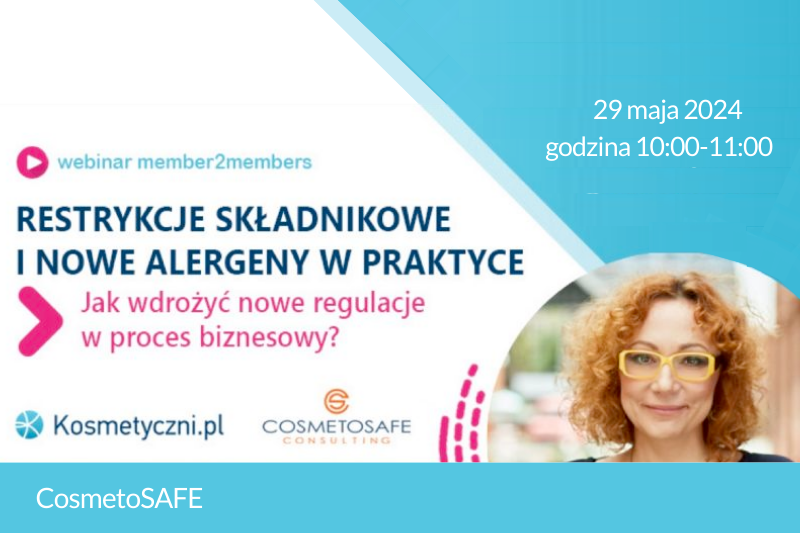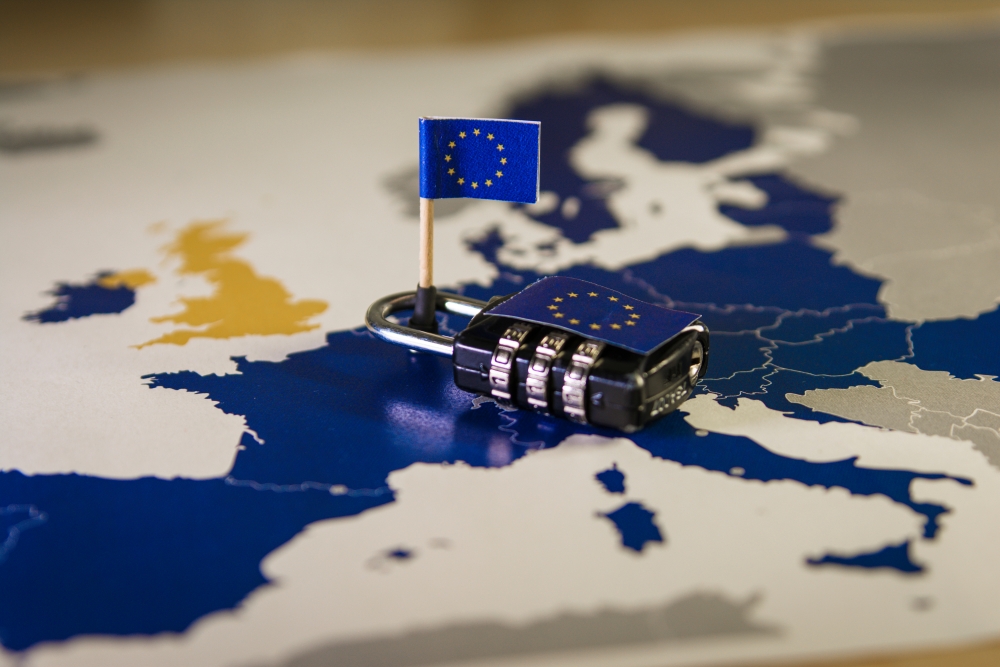On March 10th, Iwona Białas, PhD, led the webinar initiated by Wiadomościkosmetyczne.pl. Reason? The ban on selling cosmetics with Lilial and subsequent proposed changes to the cosmetic law, which caused a particular stir among cosmetic distributors.
The problems of producers and distributors related to the ban on selling Lilial-containing cosmetics (INCI: Butylphenyl Methylpropional) in the European Union turned out to be so serious that many of them wanted to broaden their knowledge in this field. Iwona Białas, PhD, designed and conducted a training during which she discussed the details and specifics of the legislative process for the Lilial.
What is to remember:
- The possibility of using substances in cosmetics is determined by cosmetic and chemical legislation!
- The fact that a substance is hazardous does not mean that it presents a risk (harmful effects of its use).
The ban on the use of Lilial is a consequence of Art. 15 of Reg. 1223/2009: a ban on the use of substances classified as carcinogenic, mutagenic and reprotoxic (CMR) in cosmetics. However, under art.15 there is a procedure for derogating from the prohibition if it is proven that, despite the risk to health, there is no significant risk from the use of the substance. So far, most of the essential cosmetic ingredients have been handled according to this procedure, but unluckily with Lilial this has not happened…
In January 2019, Lilial was classified as a reprotoxic substance (Repr. 1B). Under the regulation implementing the classification (15 ATP to CLP) from March 1st, 2022, in accordance with art. 15 of the Cosmetics Regulation, Lilial can no longer be used in cosmetics.
The misunderstandings on the market stem from the expectation that the use of Lilial in cosmetics will be defended by the industry (under the derogation from article 15). Unfortunately, this procedure has not been initiated, so it was certain that the ban on use would become effective on March 1st, 2022 (without transition periods).
It is worth emphasizing, that the ATP 15 to CLP concerned Lilial, but also Zinc Pyrithione (ZP). There are alternatives for ZP and therefore, (despite the positive opinion of the SCCS Committee on the safety of its use in shampoos), pursuant to art. 15, it is not possible to implement the procedure of derogation in this case.
Both the Lilial and Zinc Pyrithione components are now included in Annex II of Reg. 1223/2009 (in the list of banned substances for use).
The webinar organized together with Wiadomościkosmetyczne.pl was an opportunity to talk about future restrictions or limitations on the use of cosmetic raw materials. Iwona Białas, PhD, and the owner of CosmetoSAFE, suggested that in the era of the Green Deal, there may be many more situations similar to those with Lilial or Zinc Pyritone. The ability to anticipate changes and react quickly at the technological level is probably one of the biggest current problems of the entire industry.
The situation with the Lilial also illustrated the need to clarify trade agreements between market players in terms of liability for the effects of changes in the cosmetic ingredients legislation – really many questions were asked by the participants.
See you next time!



